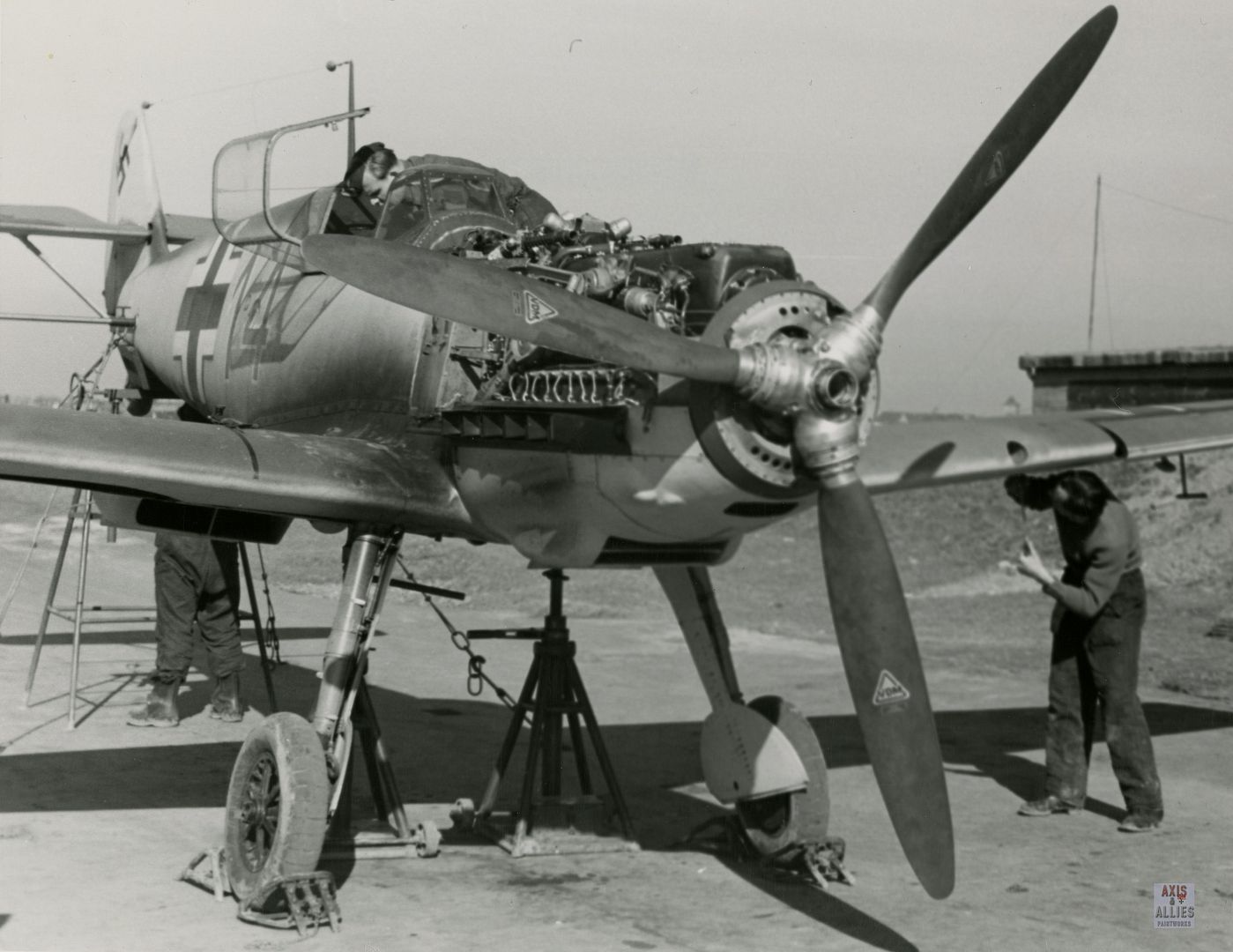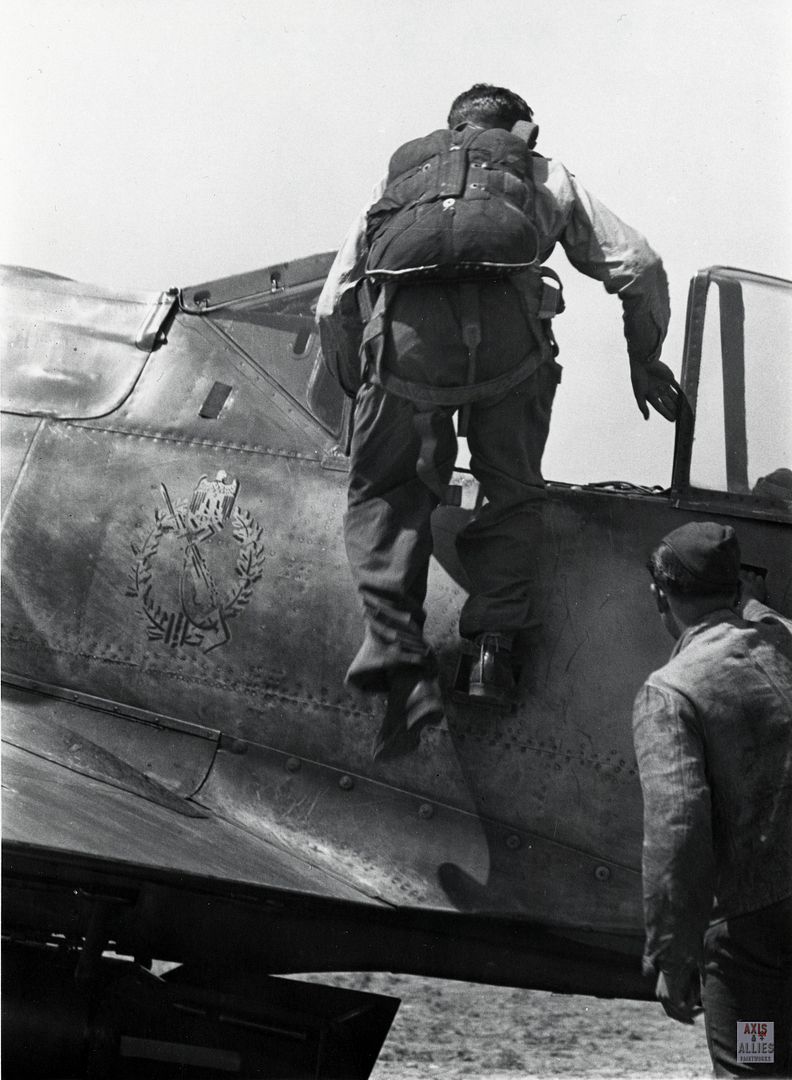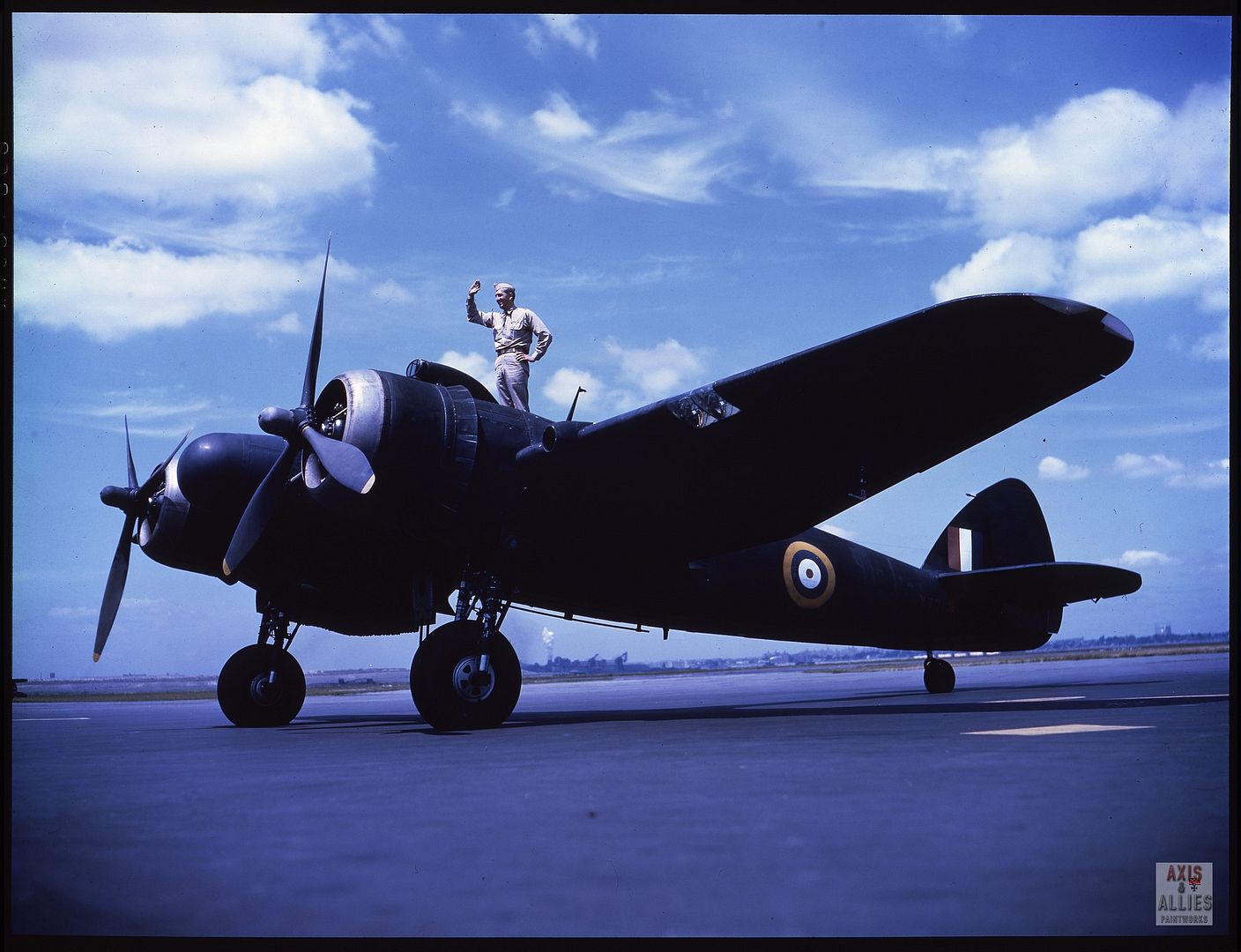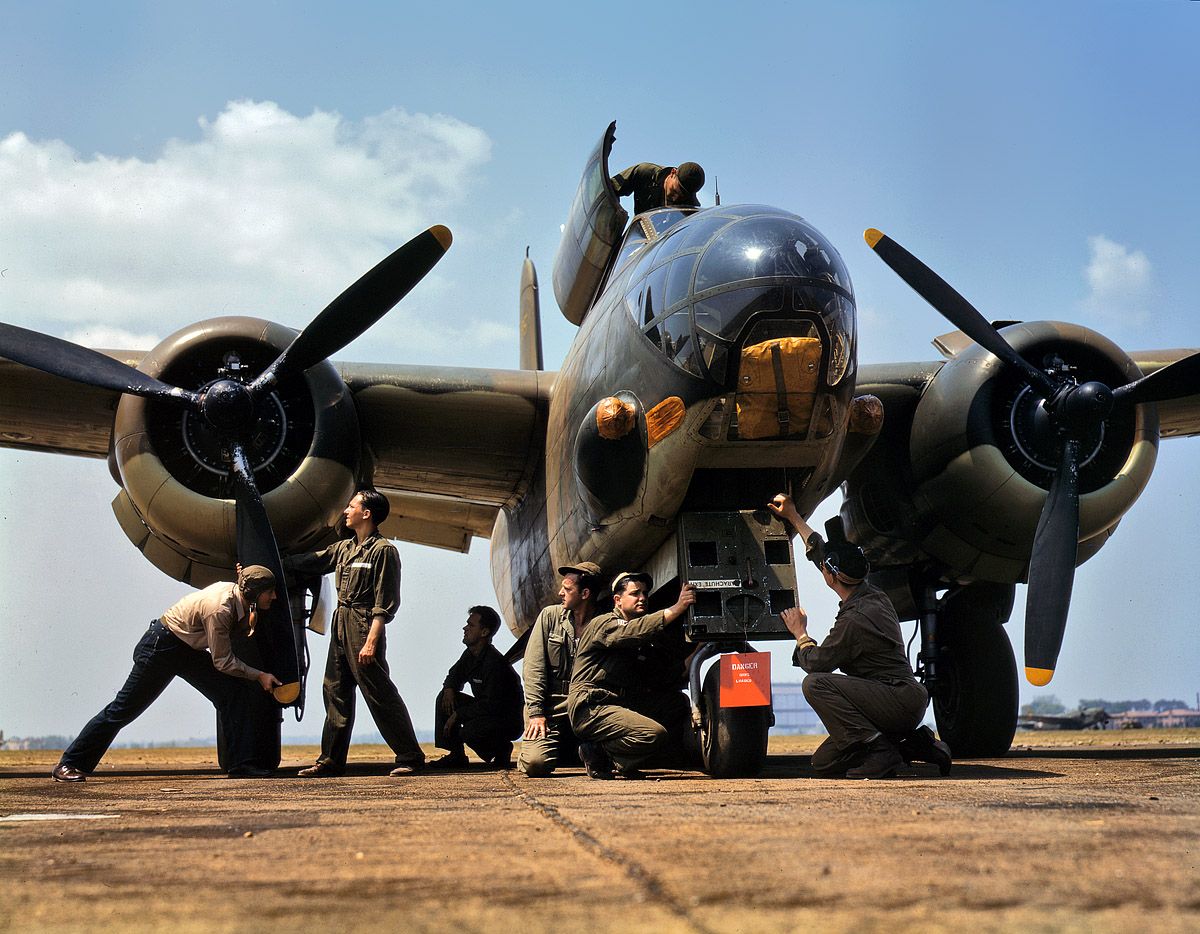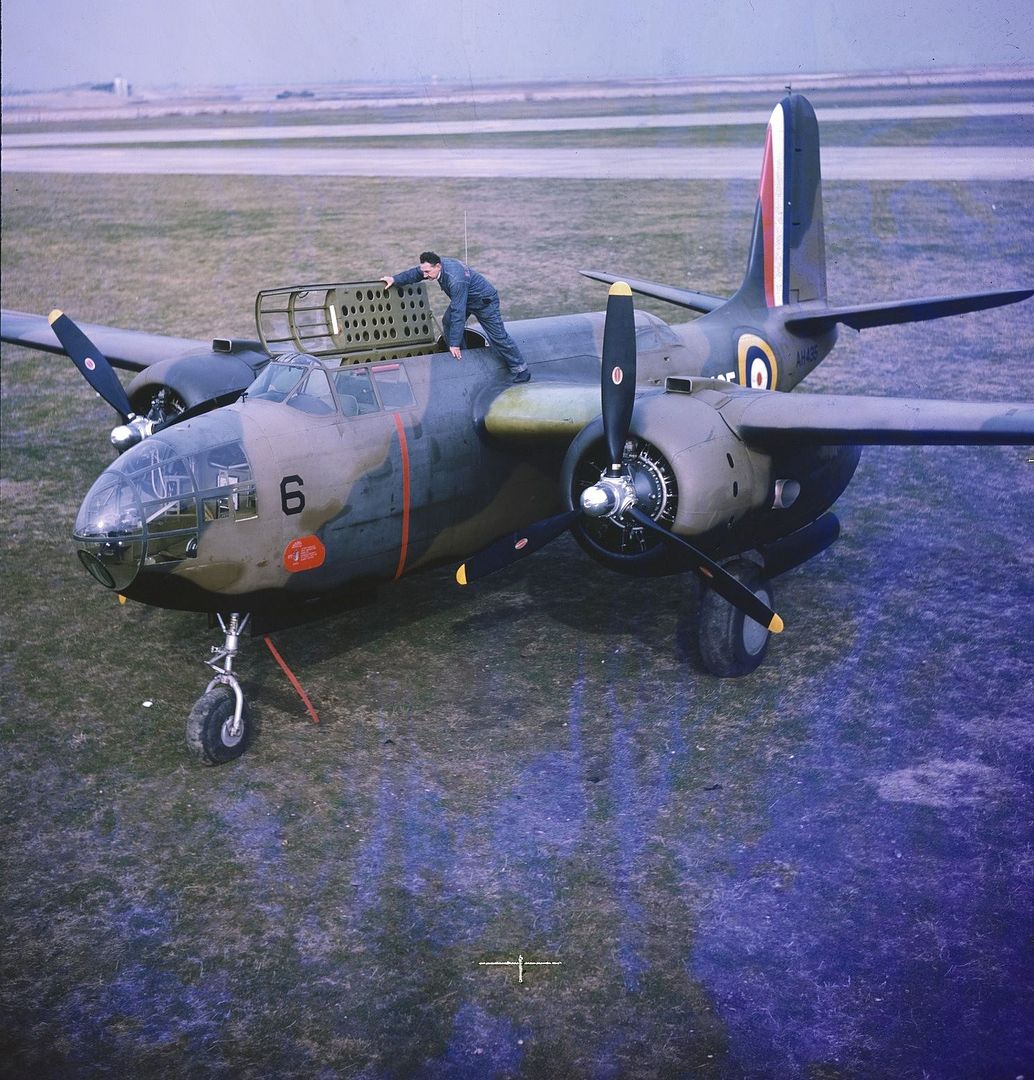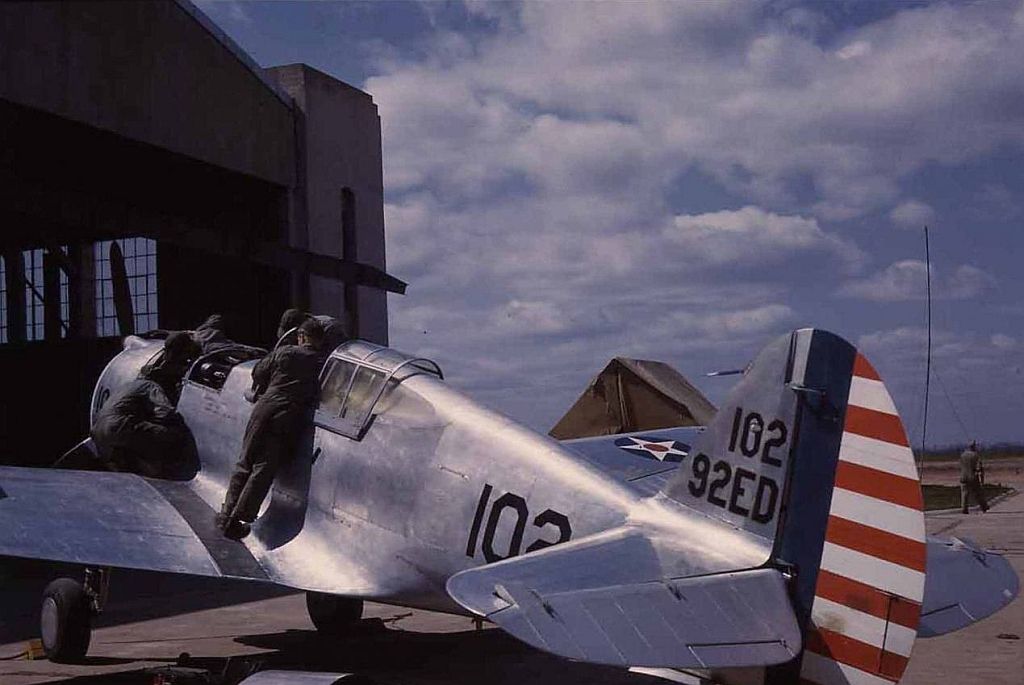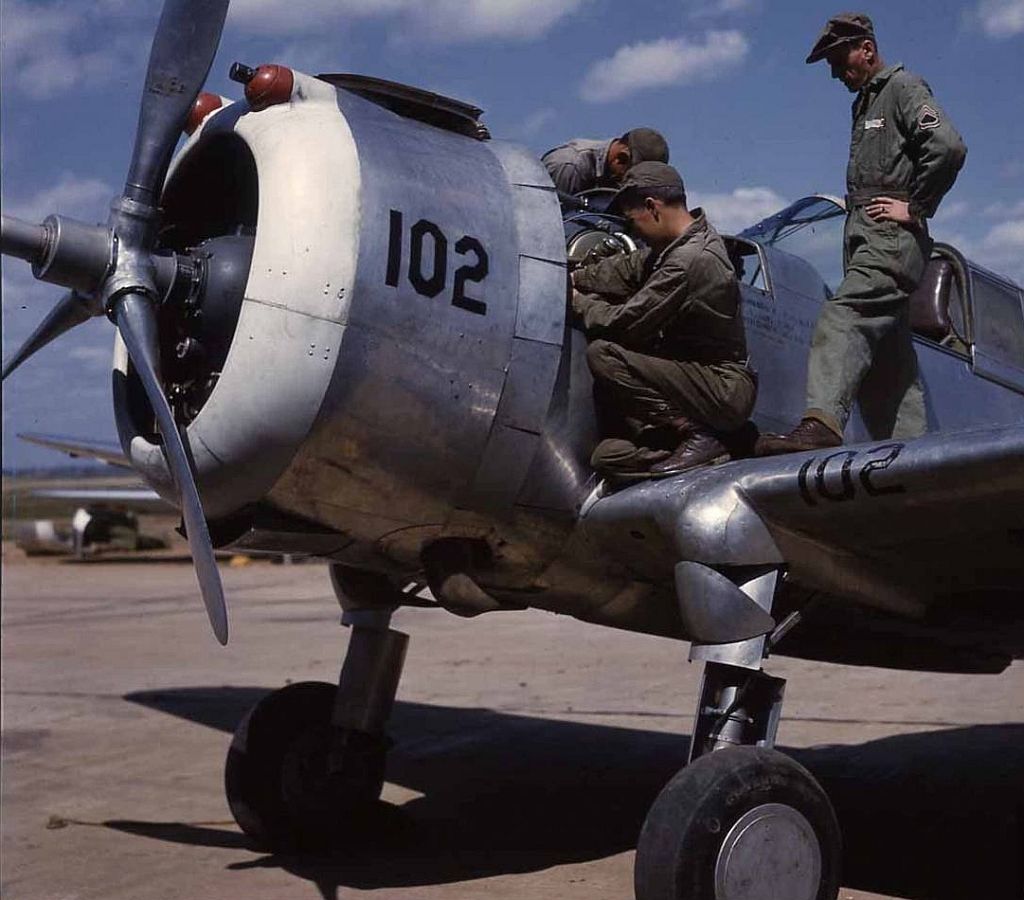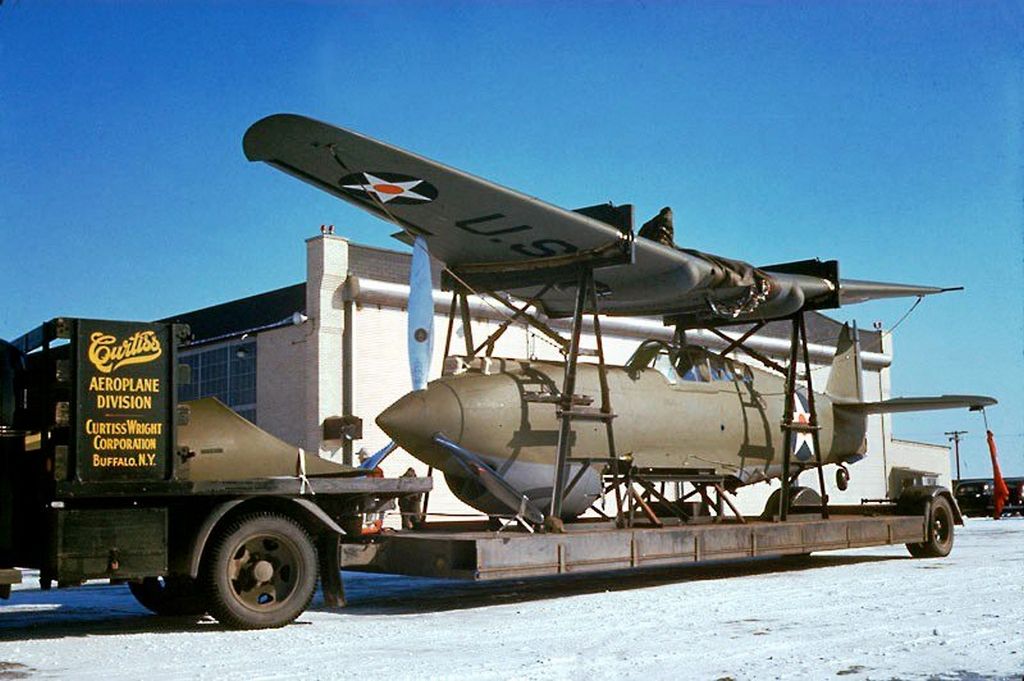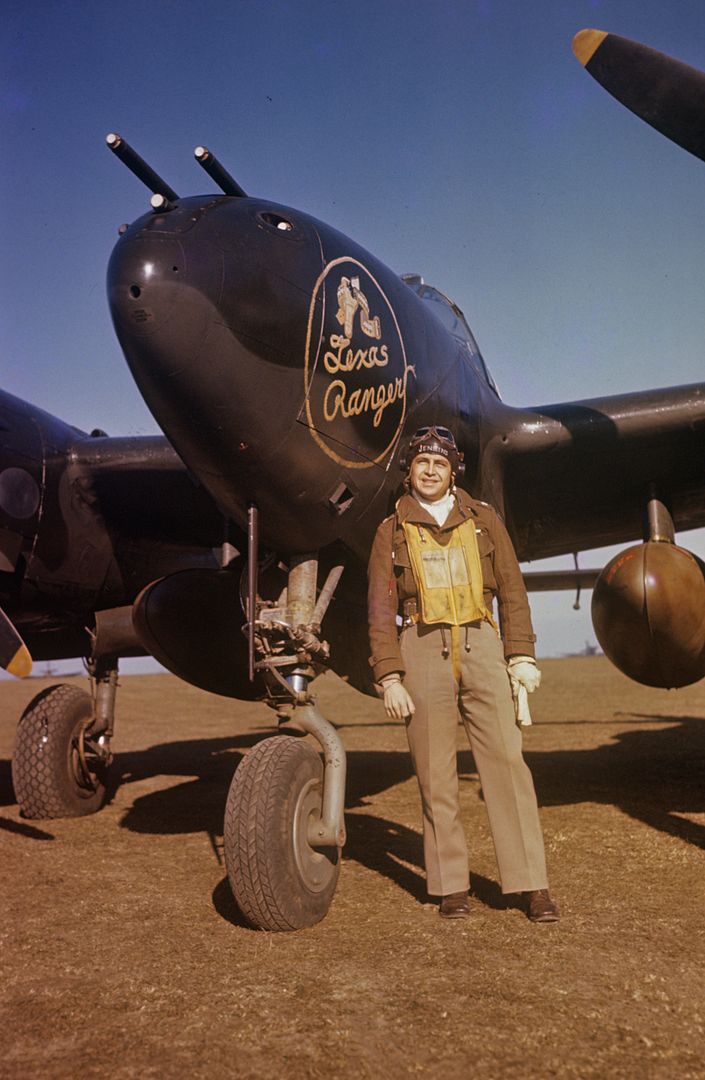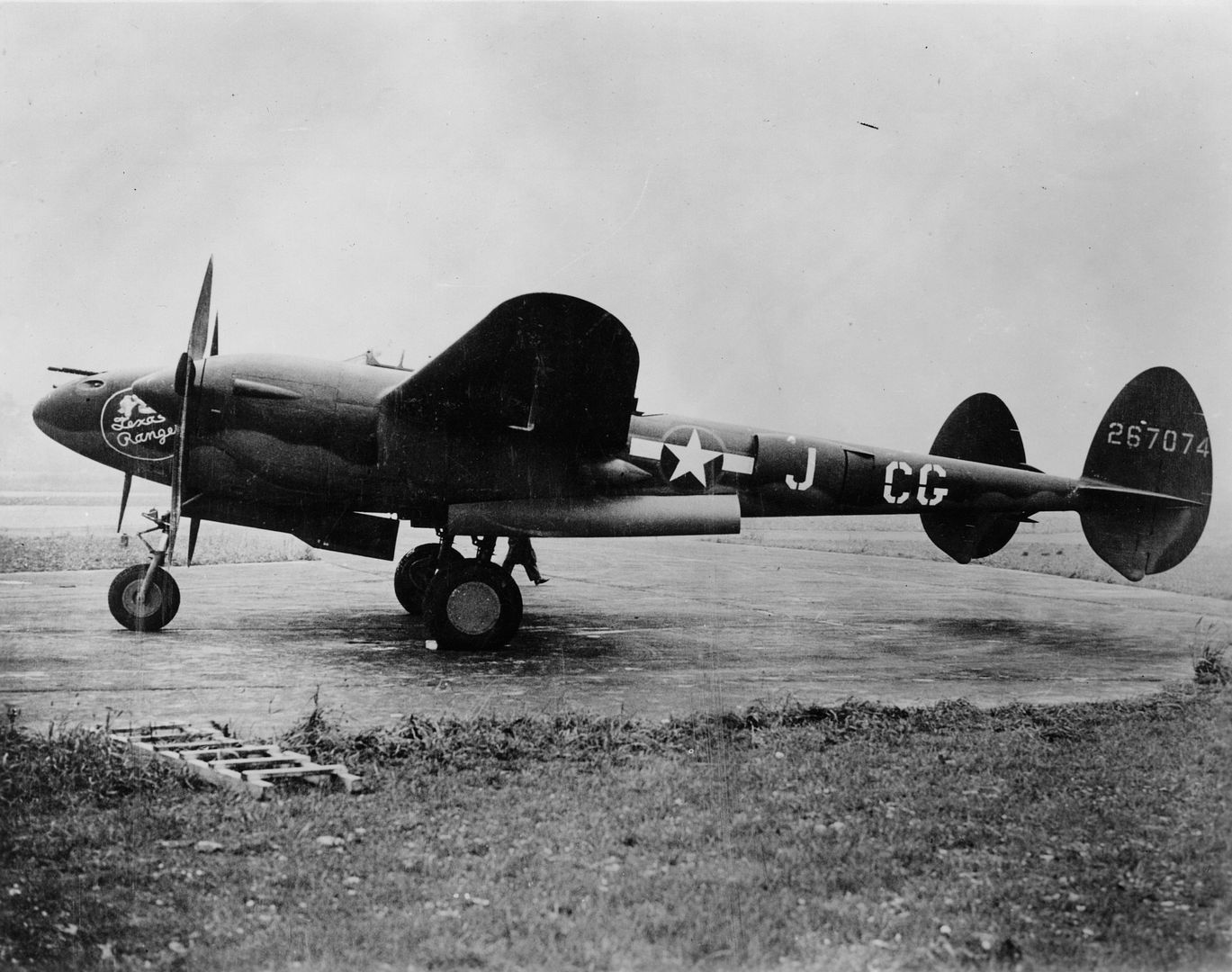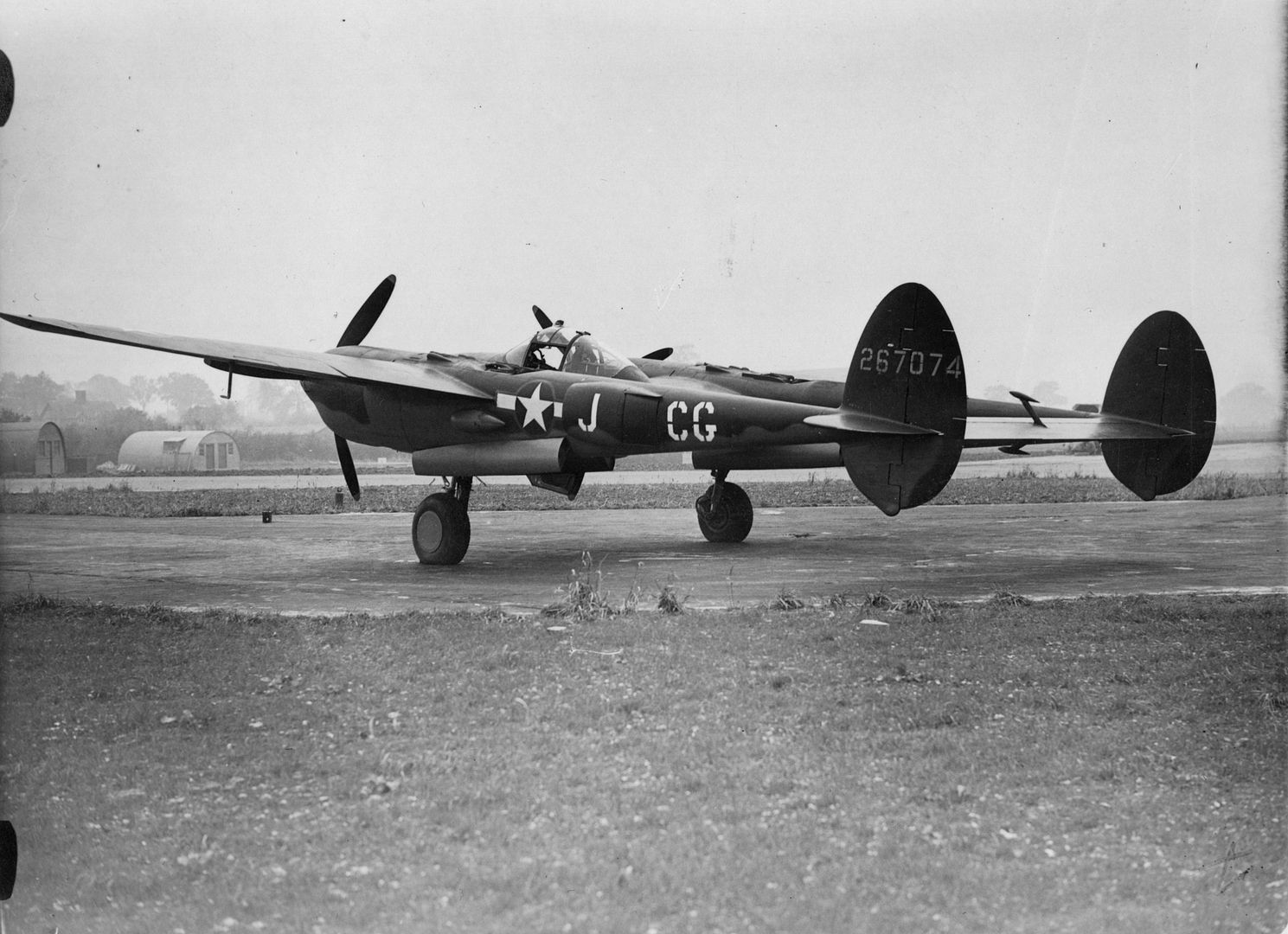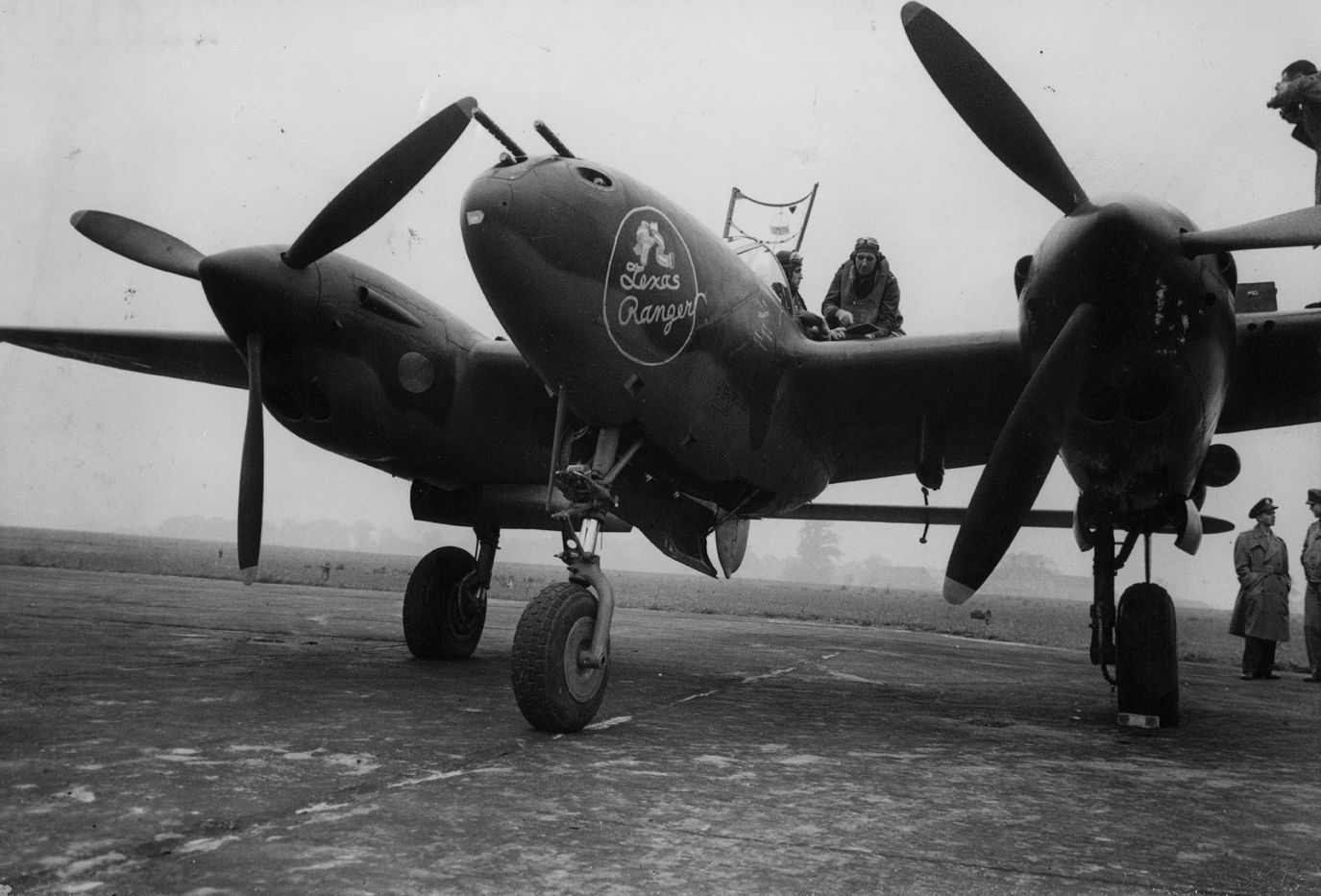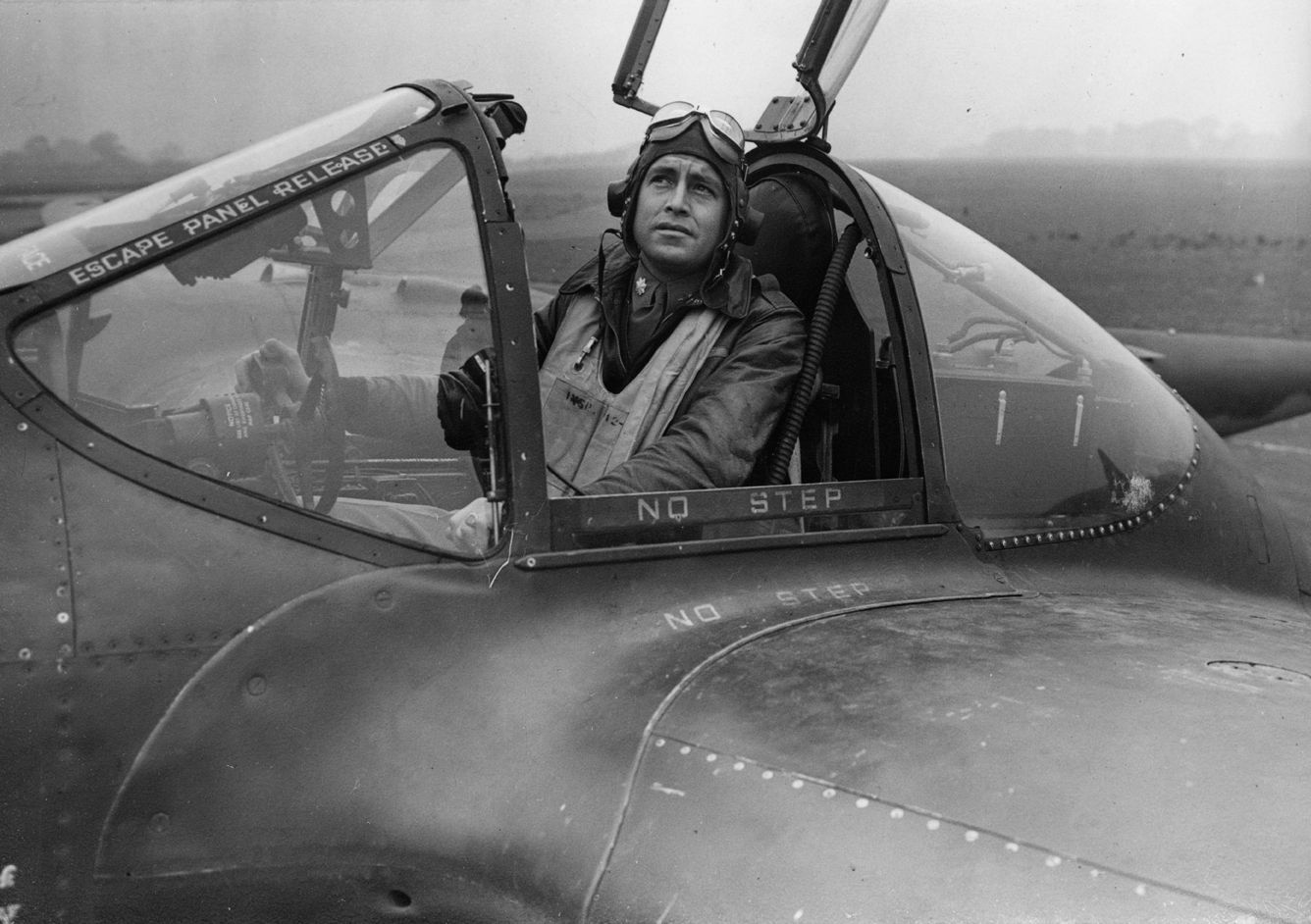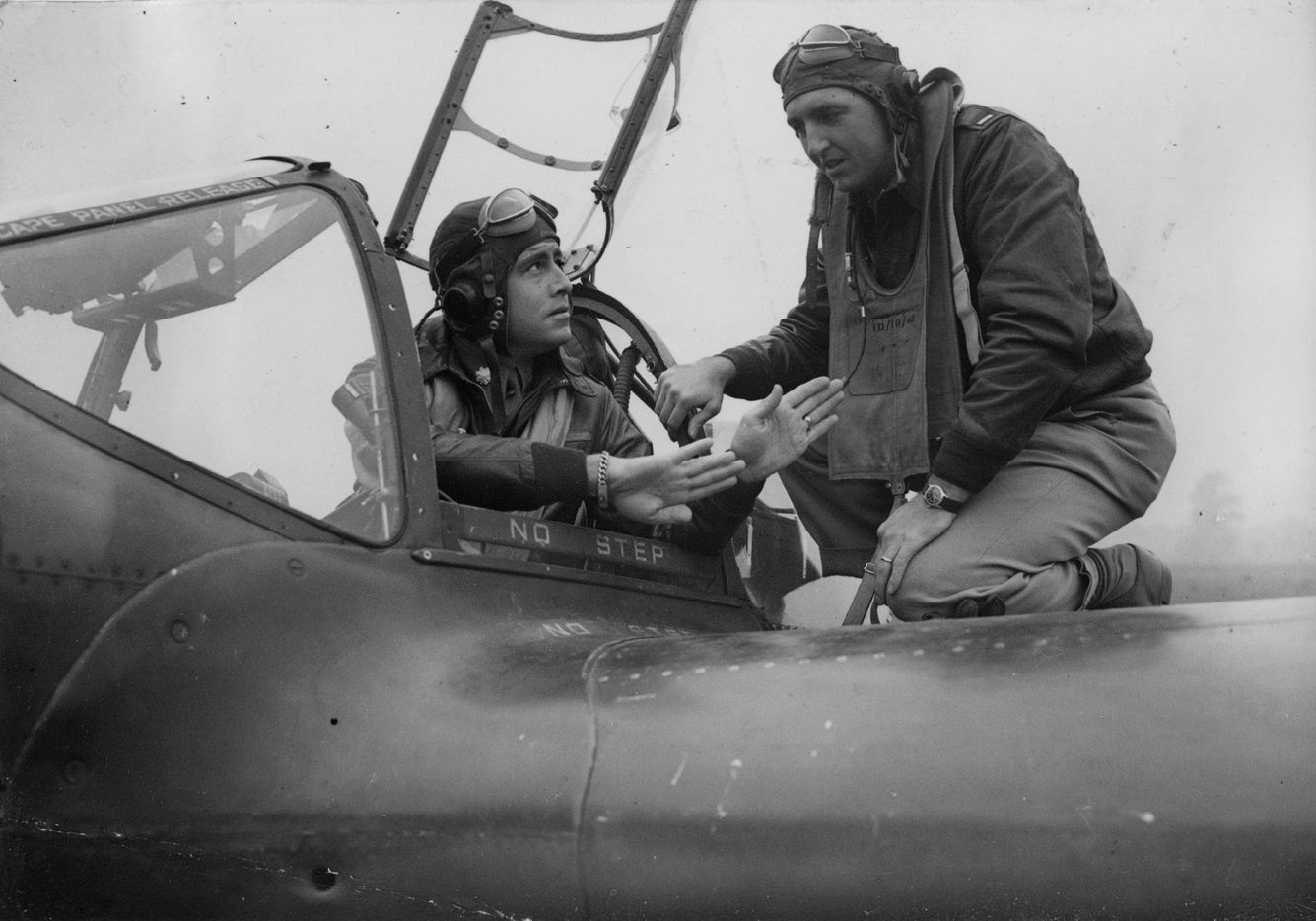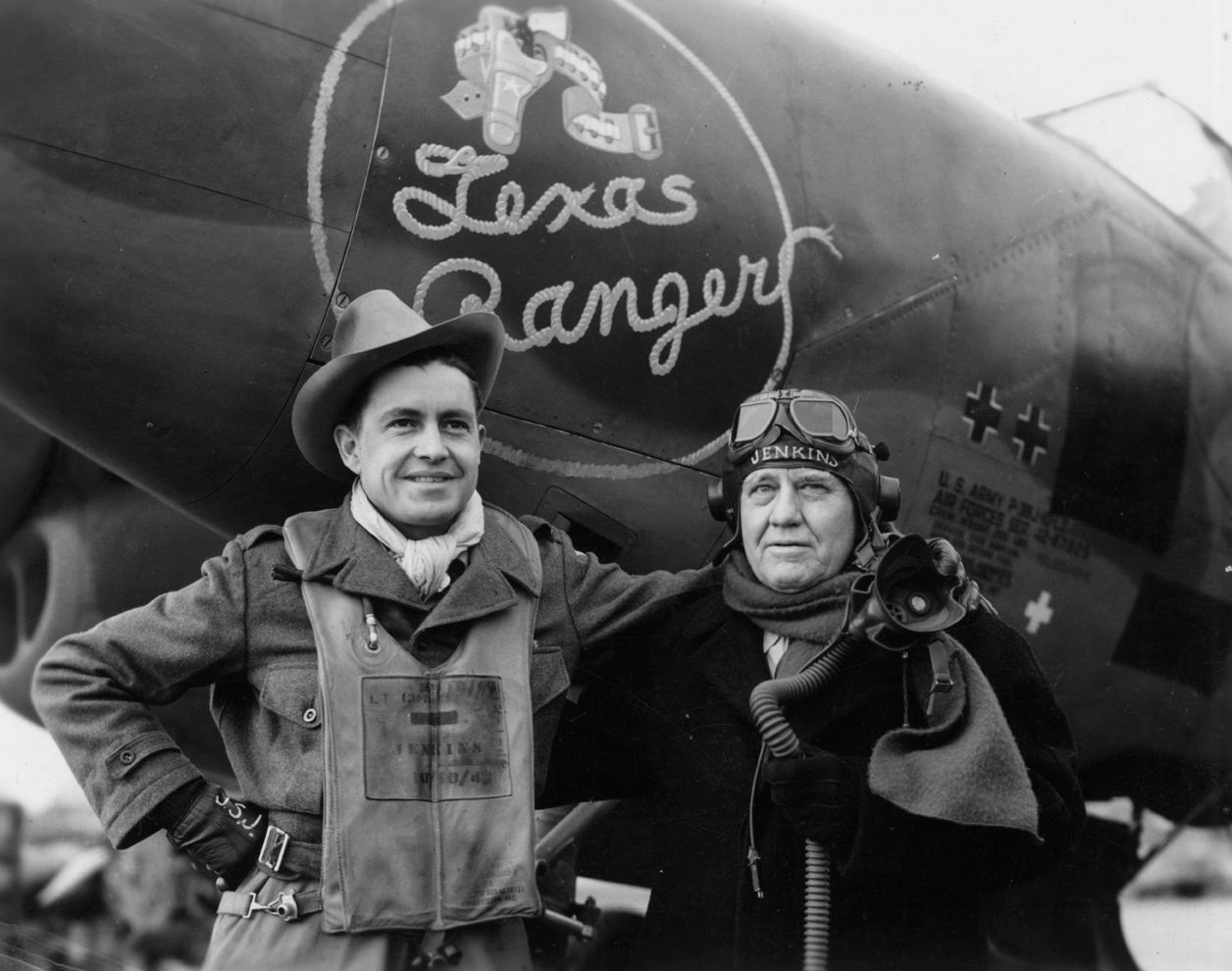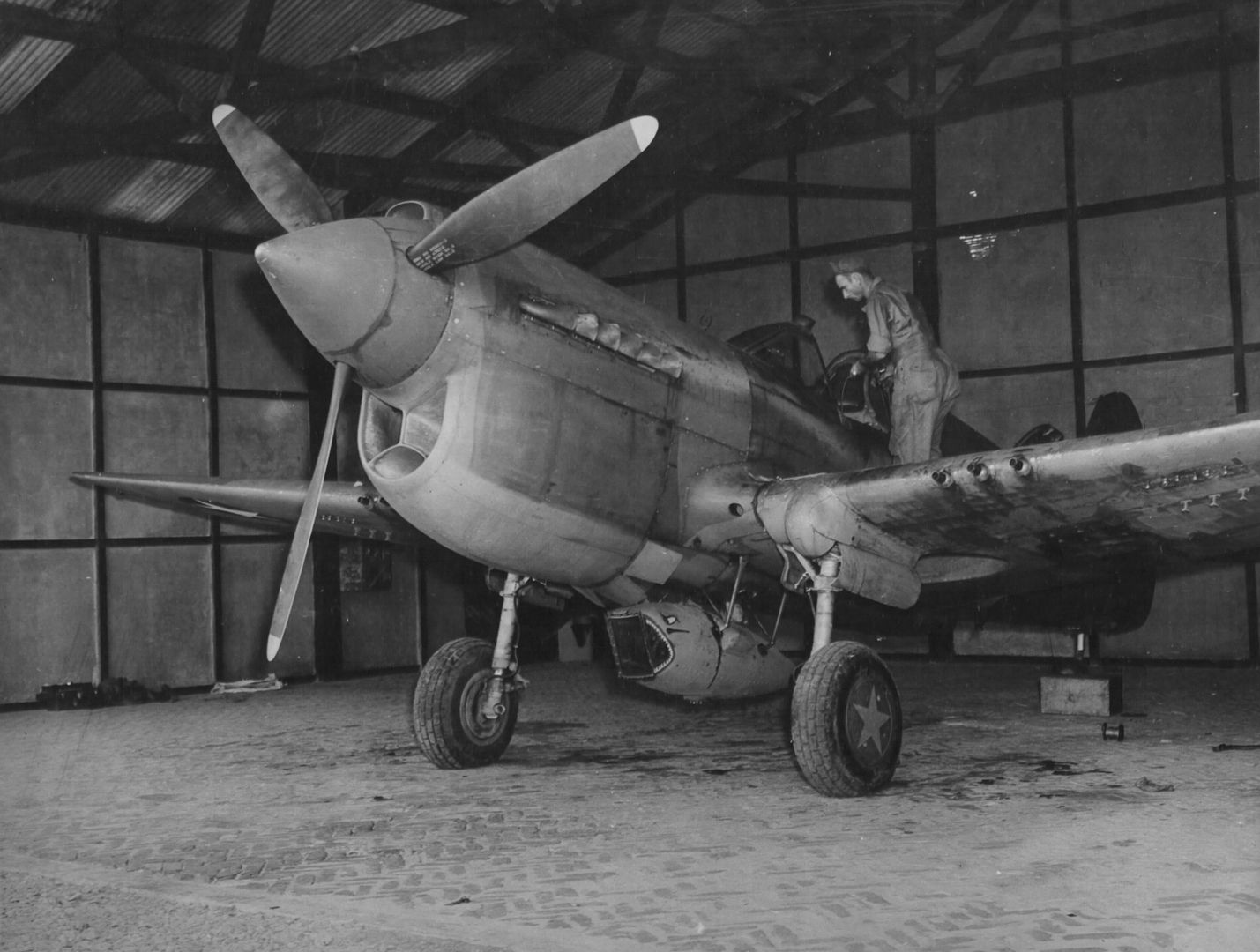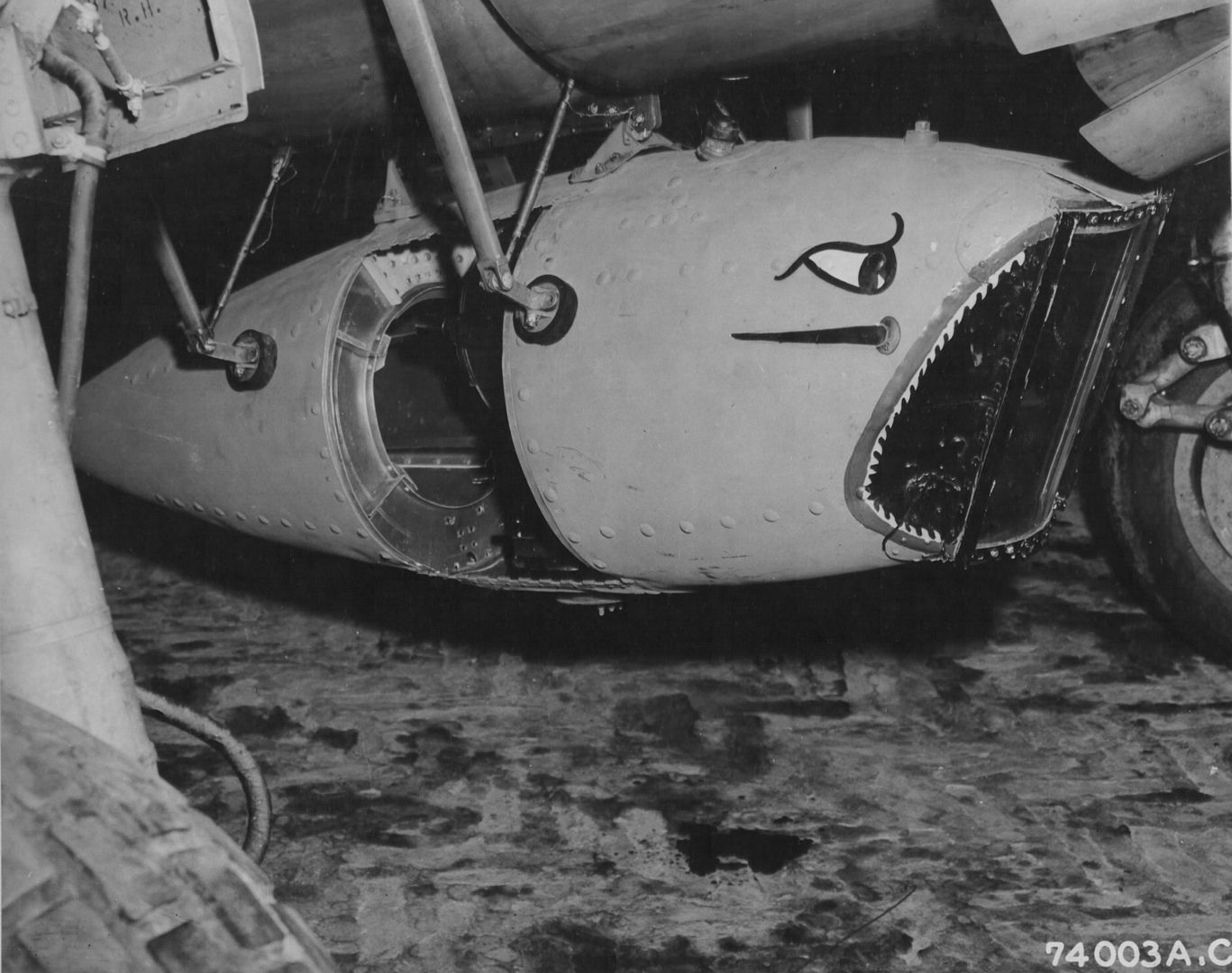Forums
- Forums
- Axis And Allies Forum
- General Discussion
- Photo of the week
Photo of the week
Post a reply
- Go to Previous topic
- Go to Next topic
- Go to Welcome
- Go to Introduce Yourself
- Go to General Discussion
- Go to Screenshots, Images and Videos
- Go to Off topic
- Go to Works in Progress
- Go to Skinning Tips / Tutorials
- Go to Skin Requests
- Go to IJAAF Library
- Go to Luftwaffe Library
- Go to RAF Library
- Go to USAAF / USN Library
- Go to Misc Library
- Go to The Ops Room
- Go to Made in Germany
- Go to Campaigns and Missions
- Go to Works in Progress
- Go to Juri's Air-Raid Shelter
- Go to Campaigns and Missions
- Go to Works in Progress
- Go to Skinpacks
- Go to External Projects Discussion
- Go to Books & Resources
-
 Main Admin
Main Admin -
 Main Admin
Main Admin -
9 years agoWed Apr 13 2016, 05:26pm
 Main Admin
Main Admin -
 Main Admin
Main Admin -
 Main Admin
Main Admin -
 Main Admin
Main Admin -
 Main AdminThree this week.
Main AdminThree this week.
General Motors FM-2 Wildcat fighter Is catapulted from USS Core CVE-13 in the North Atlantic 12 April 1944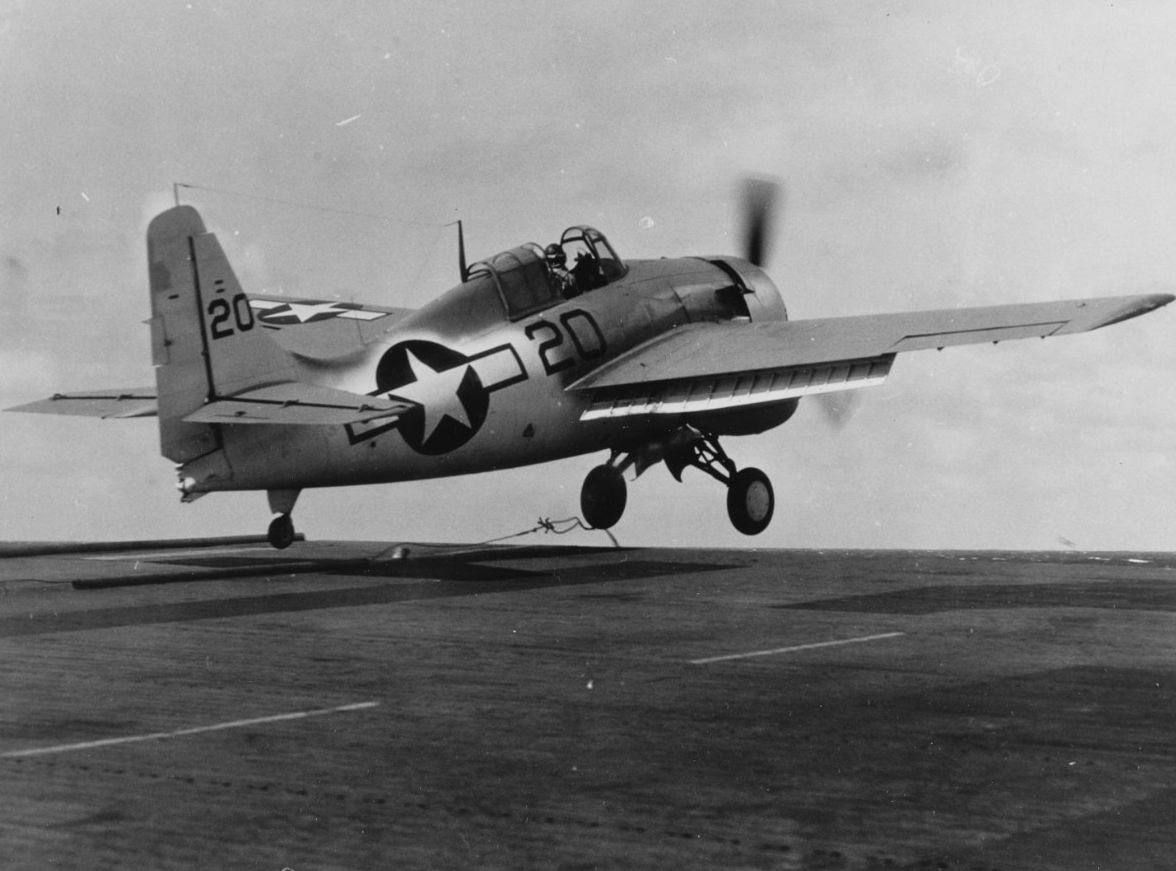
General Motors FM-2 Wildcat fighter In flight over the Atlantic area 10 February 1944. The plane is from USS Card CVE-11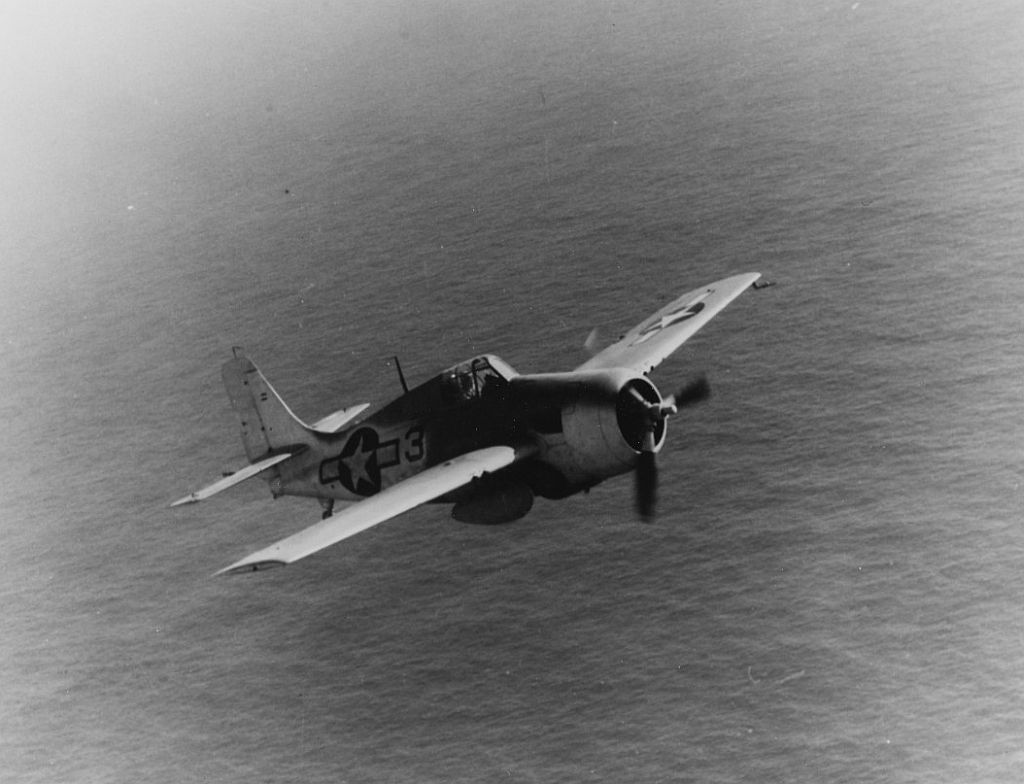
General Motors FM-2 Wildcat fighter Flies near USS Core CVE-13 during operations in the North Atlantic 12 April 1944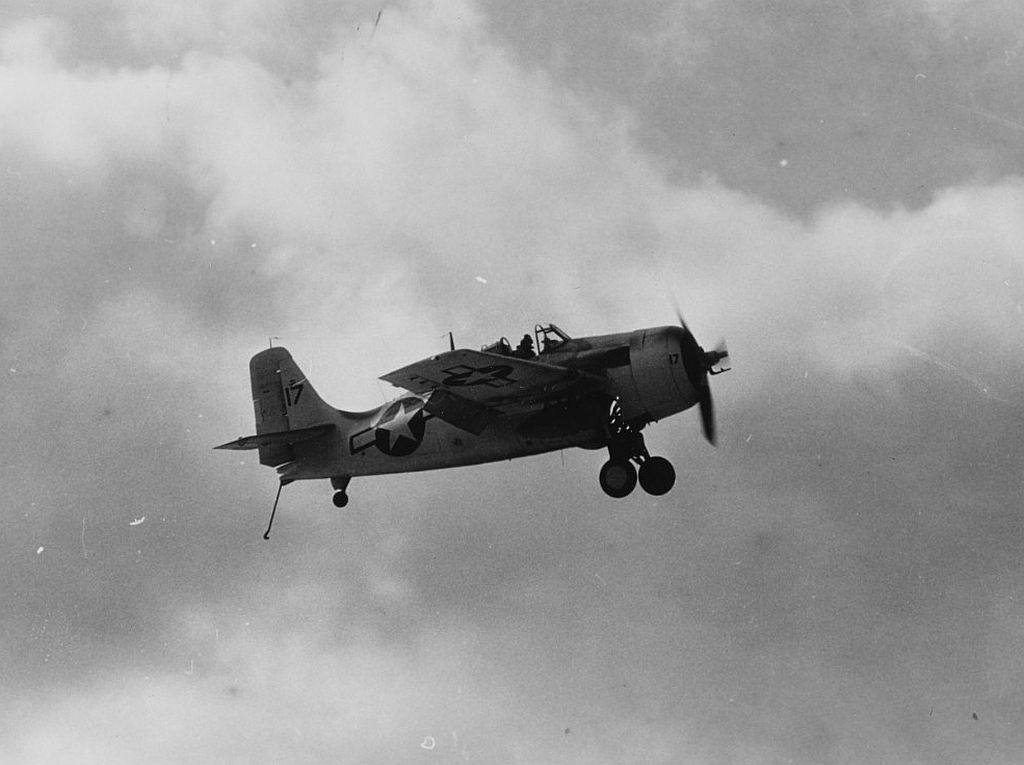
-
 Main AdminWeekend extra.
Main AdminWeekend extra.
B-17E "Yankee Doodle" 41-9023.
Assigned 414BS/97BG Polebrook 3/42; with Lt. John P. Dowswell and MajGen Ira C. Eaker, Commanding General, VIII Bomber Command on first 8AF mission 17/8/42; transferred 92BG Bovingdon 24/8/42; 323BS/91BG [LG-X] Bassingbourn 30/3/43 as Blind Approach Training Flight; then to 324BS [DF-X] as target tow and hack; Salvaged 26/7/45.
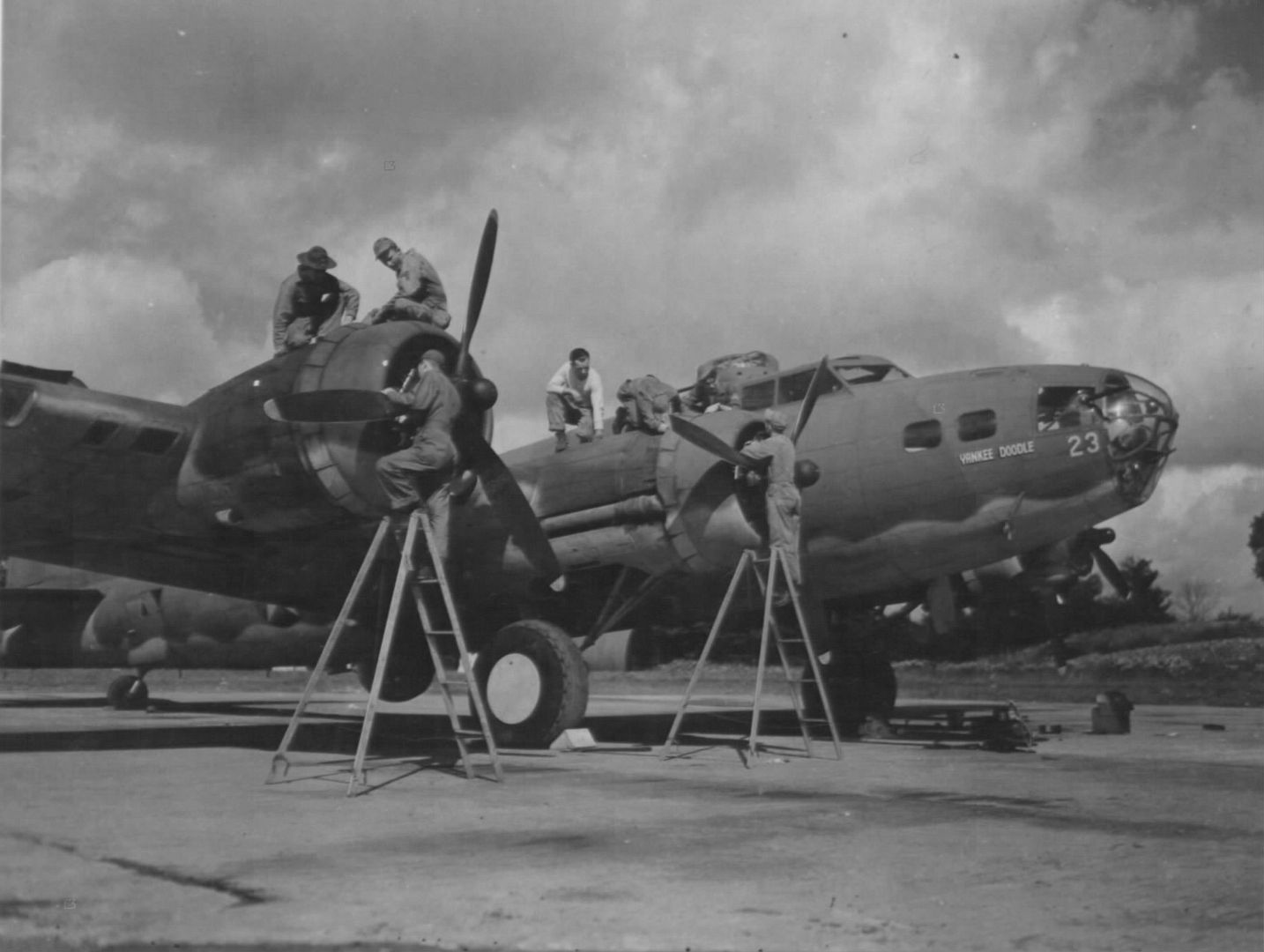
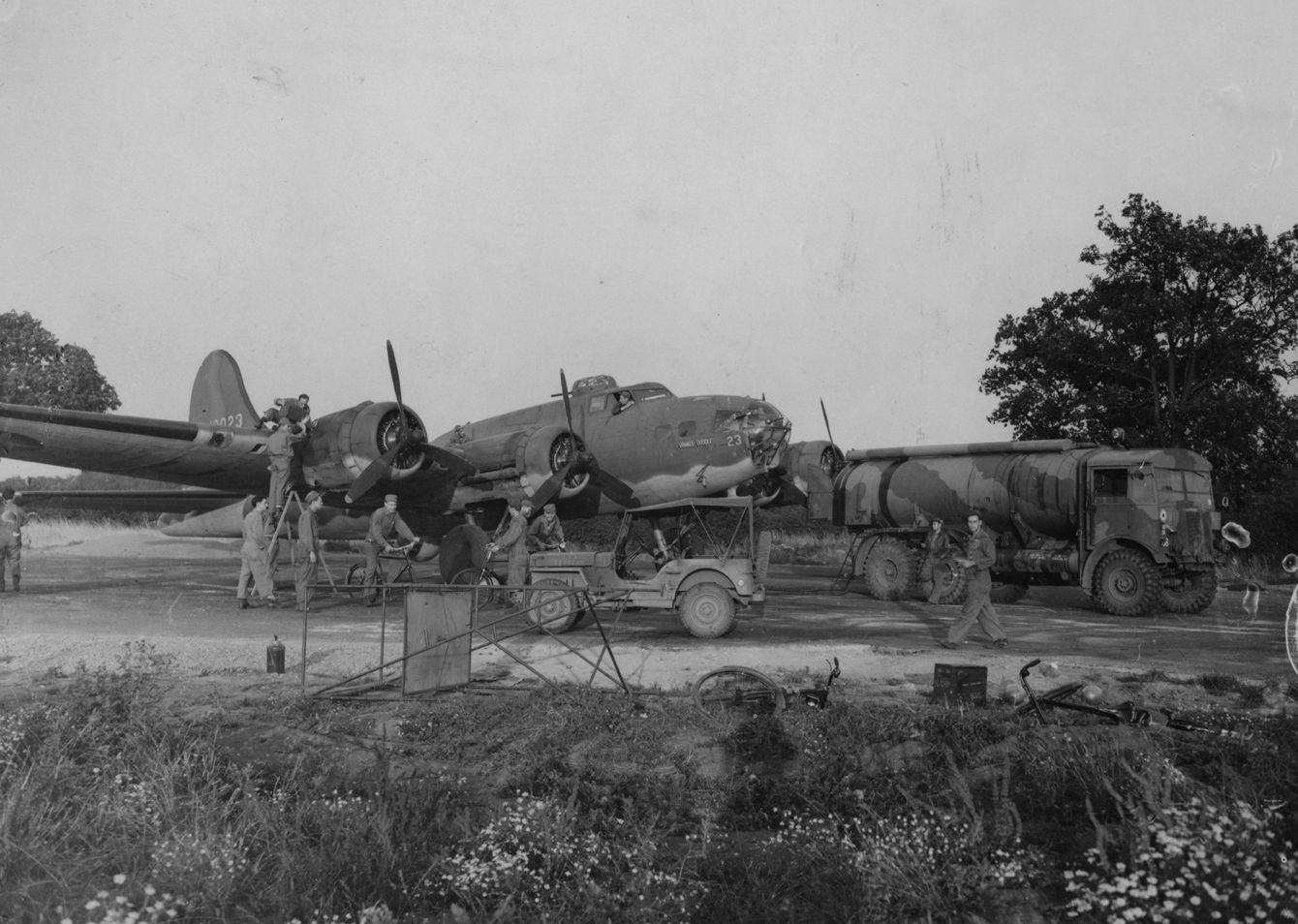
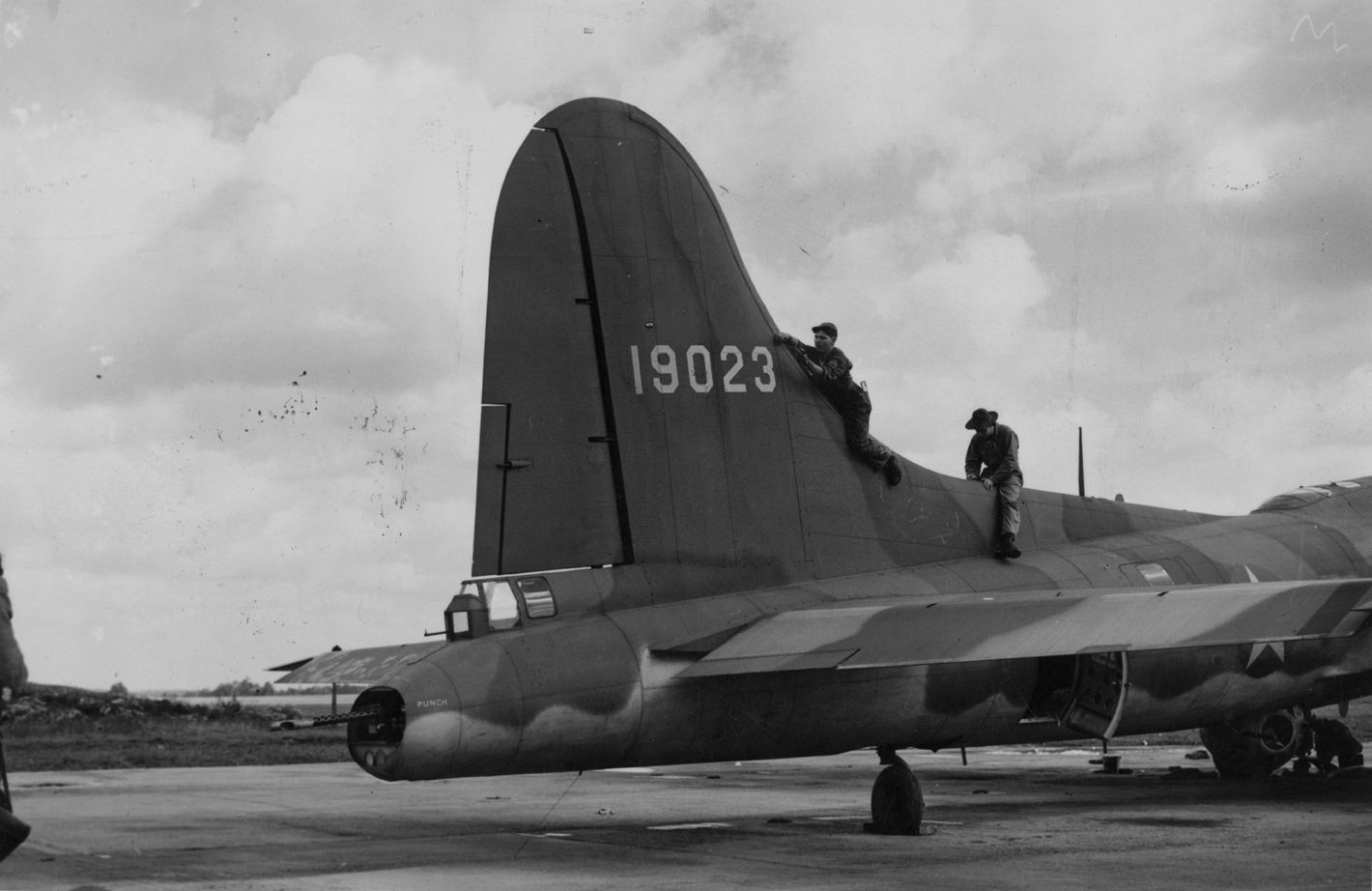

Somewhere during her long career, she got a new nose.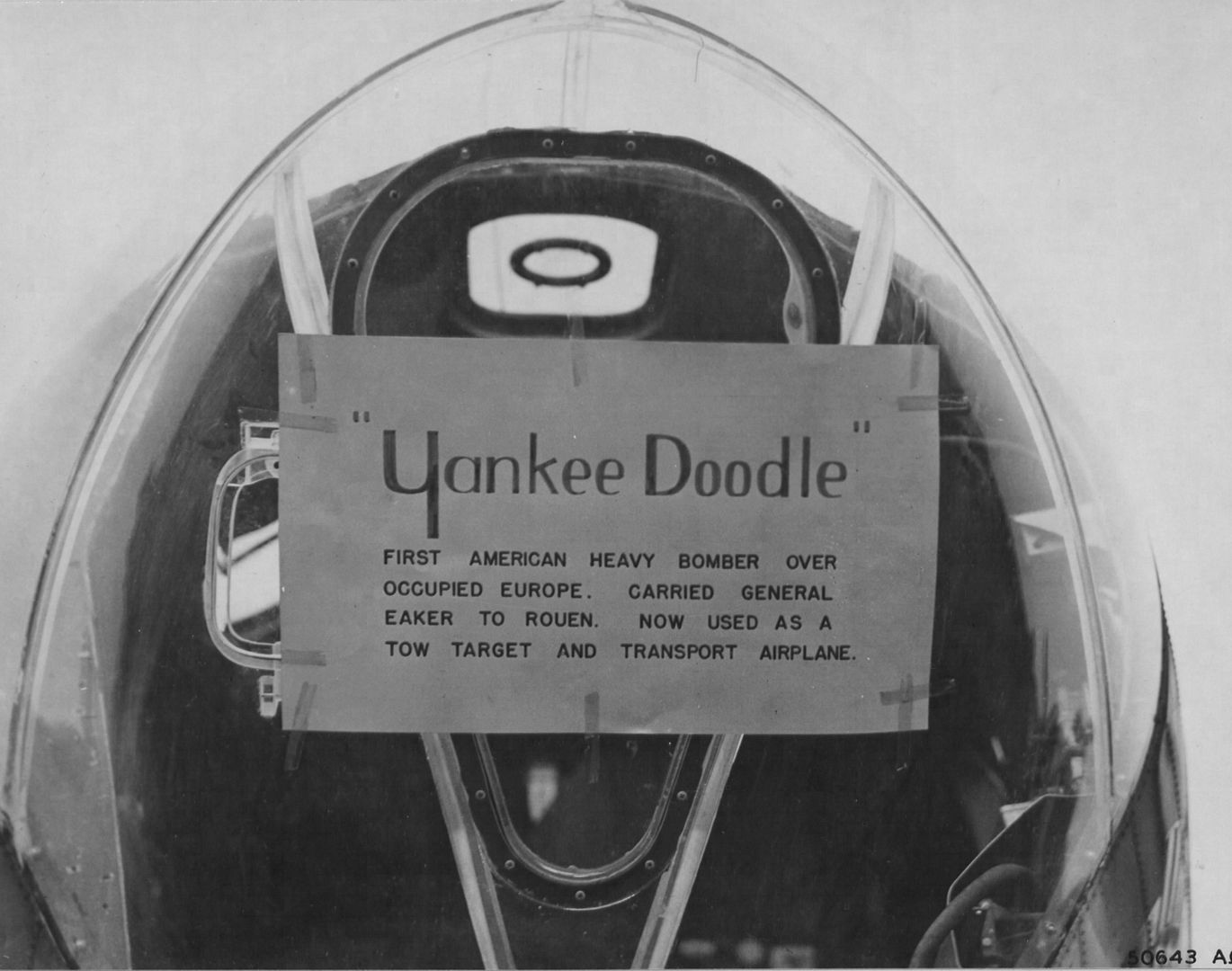

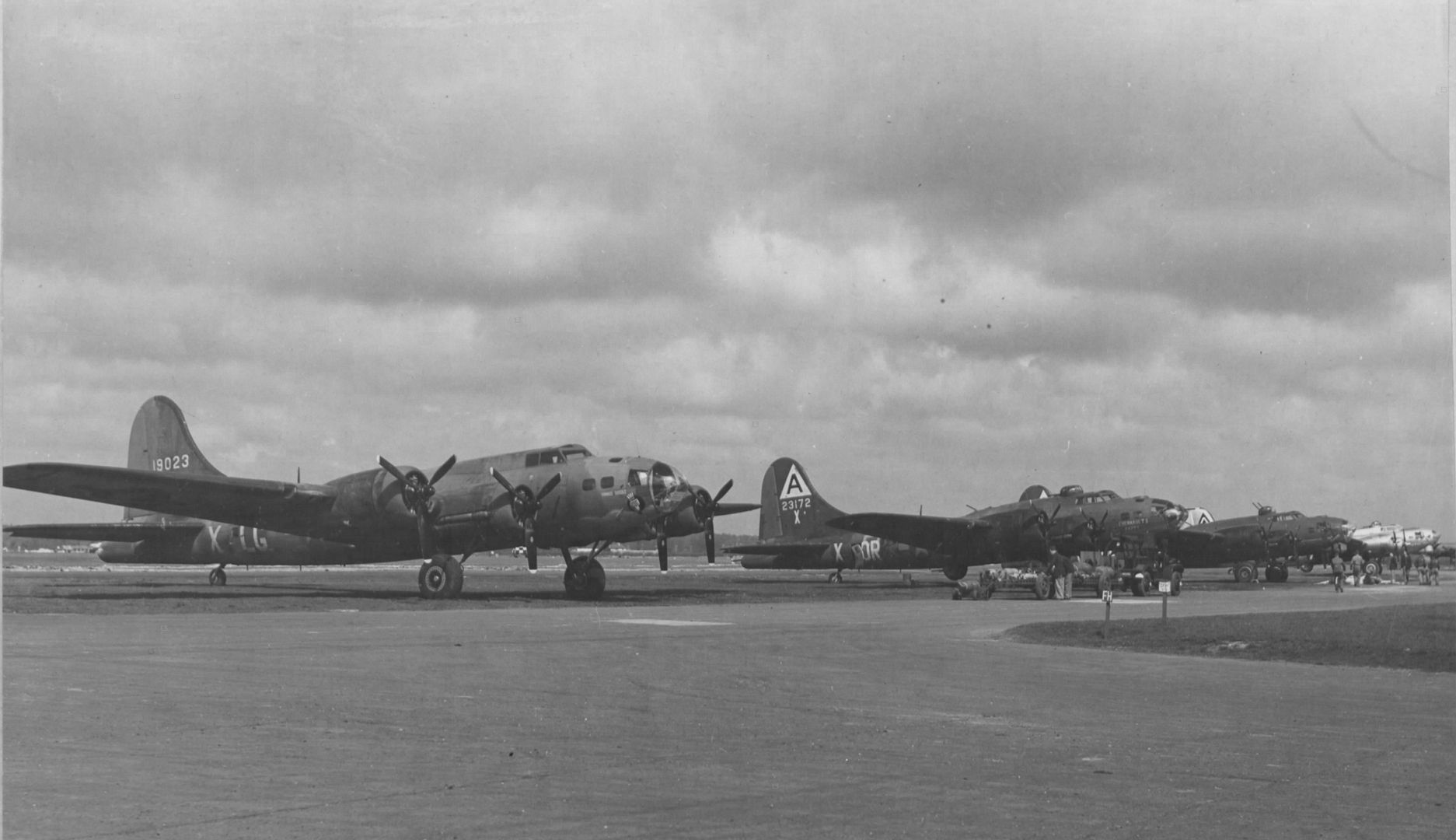
-
 Main Admin
Main Admin -
 Main AdminFourteen service test aircraft were built at the Boeing plant at Wichita, Kansas as YB-29. The first YB-29 (41-36954) left the production line at Wichita on April 15, 1943, flying for the first time on June 26, 1943. Engines were four R-3350-21s, still driving three-bladed propellers.
Main AdminFourteen service test aircraft were built at the Boeing plant at Wichita, Kansas as YB-29. The first YB-29 (41-36954) left the production line at Wichita on April 15, 1943, flying for the first time on June 26, 1943. Engines were four R-3350-21s, still driving three-bladed propellers.
On June 1, 1943, the first B-29 combat unit, the 58th (Very Heavy) Bombardment Wing, was activated at Marietta, Georgia in advance of delivery of the first YB-29s. By July, seven YB-29s had been delivered to the USAAF and were used to equip new training squadrons.
Periscopically-directed retractable turrets had been installed in early versions of the B-17 Fortress, the B-24 Liberator, and the B-25 Mitchell, but they had all been highly unsuccessful in actual combat, and were often removed in the field. After tests with the Sperry system of retractable turrets and periscopic sights on the first three XB-29 prototypes, the Sperry contract was withdrawn and given to General Electric. The General Electric system featured stationary, non-retractable turrets operated by remotely-situated gunners using computerized gunsights. There were five turret positions: upper-forward, upper-aft, lower-forward, lower-aft, and tail. Each turret contained two 0.50-inch machine guns, with the tail position containing an additional 20-mm cannon M-2 Type B cannon with 100 rounds. All guns except the tail gun were aimed and fired remotely by a set of gunners. There were four gunner sighting positions, one in the extreme nose operated by the bombardier, and three at the position in the waist where the rear pressurized compartment was located.
Reflector gunsights were placed at each of the four gunner's sighting positions. Each gunsight was wired into the electrical system, and it sent electrical commands to direct and fire the guns. In order to direct the guns, the gunner operated the sight by grasping two round knobs on either side of the sight. The sight swiveled horizontally at the base and the upper section rotated in elevation by a forward and backward twisting of the wrists. The sighting mechanism included an incandescent light source that projected a pattern of dots upward through a lens from inside the sight. This pattern was focussed onto a piece of clear glass as a circle of bright dots with one dot at the center. By twisting the right-hand sight knob back and forth, the gunner could make the circle of dots shrink or expand. There was a dial on the back of the sight where the wingspan of the attacking aircraft could be set. With the computer switched on, a target could be tracked smoothly. Gyroscopes scanned the enemy plane's wingtips, and those electrical signals were sent to the turret, allowing it to lead the target and to elevate the guns to compensate for range. The right hand knob had a "dead-man" switch which consisted of a metal flap which was spring-loaded to hold it out at a 30 degree angle. It had to be held down by the palm of the hand or else the turret would not activate.
The upper forward turret was normally operated by the bombardier, the upper rear turret by the upper waist gunner, and the bottom turrets were operated by the two side waist gunners. However, the system could give control of turrets to more than one gunner. The bombardier and each gunner except the tail gunner could aim and fire up to two turrets simultaneously. The central fire control gunner located in the central gunner's section sat in an elevated seat between the two side gunners. Since he had a better overall view of the combat situation, he controlled the master gunnery panel which decided which gunner was to have control of which turret, and he could assign targets to gunners who had a better view of an attacking plane, thus increasing firepower when needed. However, the tail turret was operated exclusively by the tail gunner, and could not be "handed off" to another gunner.
The General Electric gun system dispensed with the services of one turret gunner, reducing the crew to eleven. The crew members now consisted of a pilot (who was the aircraft commander), copilot, bombardier, navigator, flight engineer, radio operator, radar operator, central fire control gunner, left gunner, right gunner, and tail gunner.
This new remotely-controlled armament system was first installed in the third XB-29. Unfortunately, the new system required a lot more electrical power, necessitating the addition of several specially-designed generators. This delayed the onset of B-29 production still further, and brought the gross weight of the aircraft to over 105,000 pounds.
During the service test phase, the three-bladed propellers were replaced by four-bladed Hamilton-Standard propellers.
The first YB-29 (41-36954) was turned over to General Motors for installation of liquid-cooled Allison V-3420 engines and further tests. The converted aircraft was later redesignated XB-39. The V-3420 engine was essentially a pair of Allison V-1710 twelve-cylinder liquid-cooled Vee engines coupled to a single propeller shaft. The plane ws delivered to the USAAFZ for testing in early 1944. Normal output was 2100 hp at 25,000 feet. Aircraft speed increased to 405 mph at 35,000 feet, but the improvement in performance was not considered sufficient to justify production.
Serials of YB-29: 41-36954/36967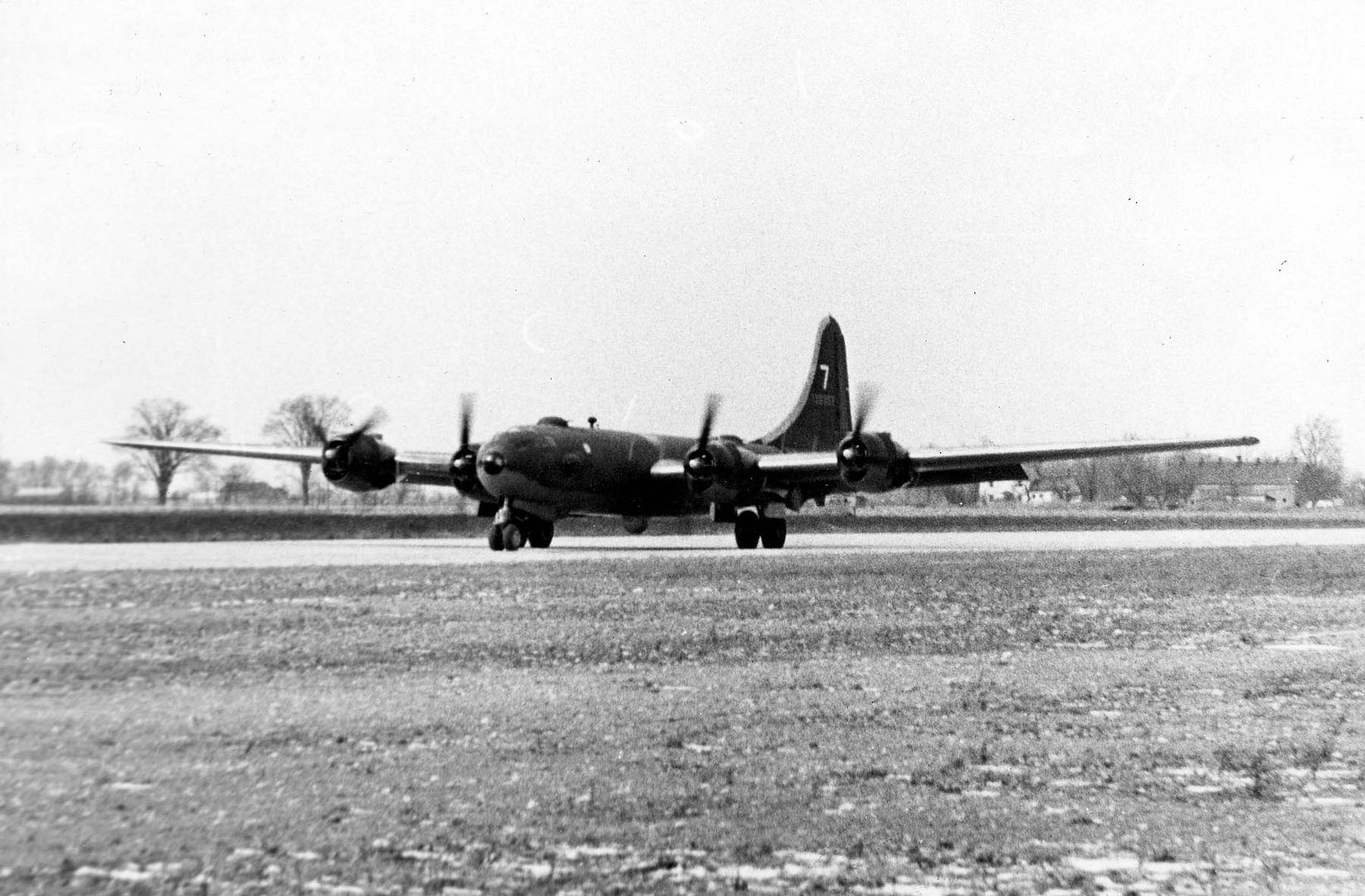
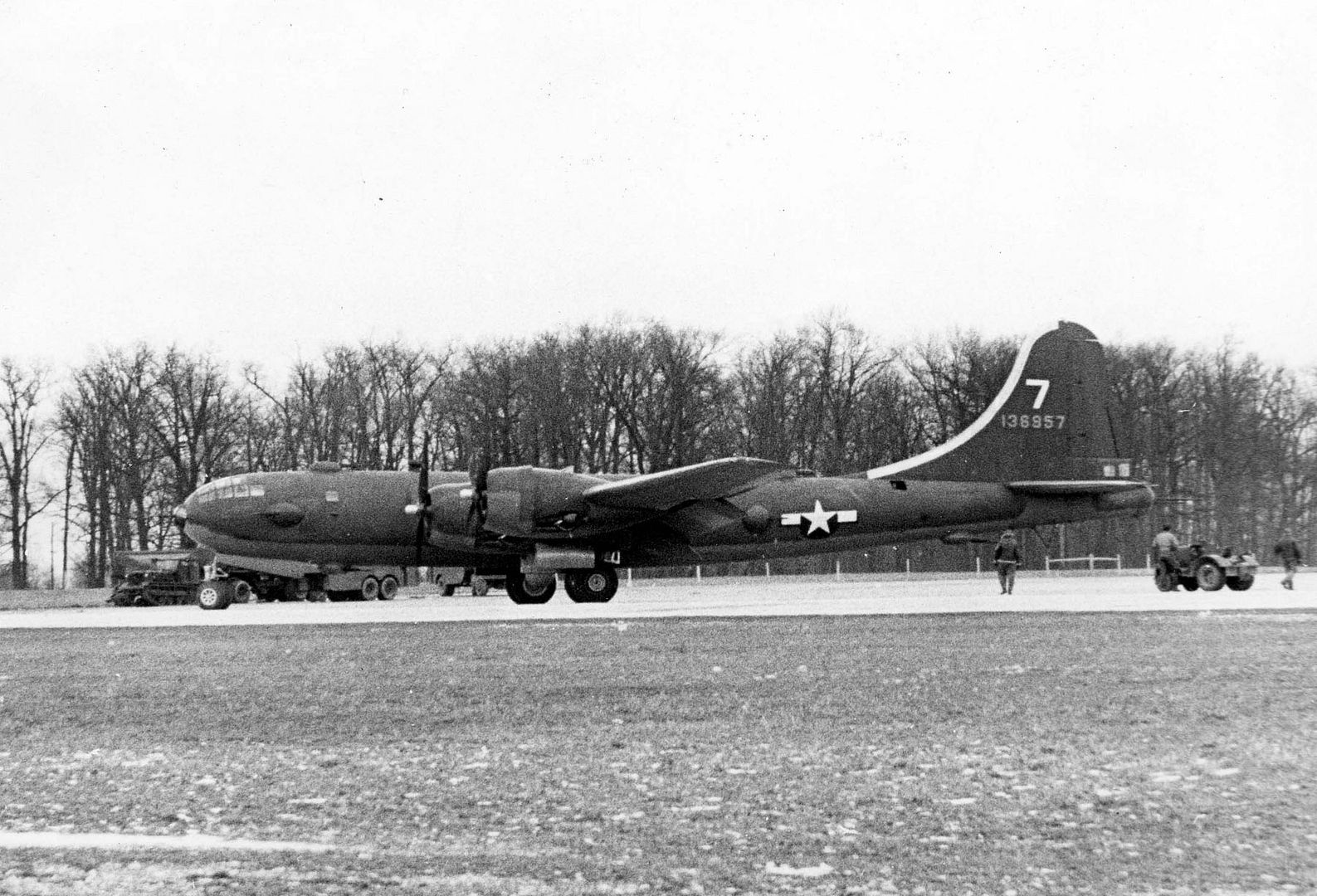
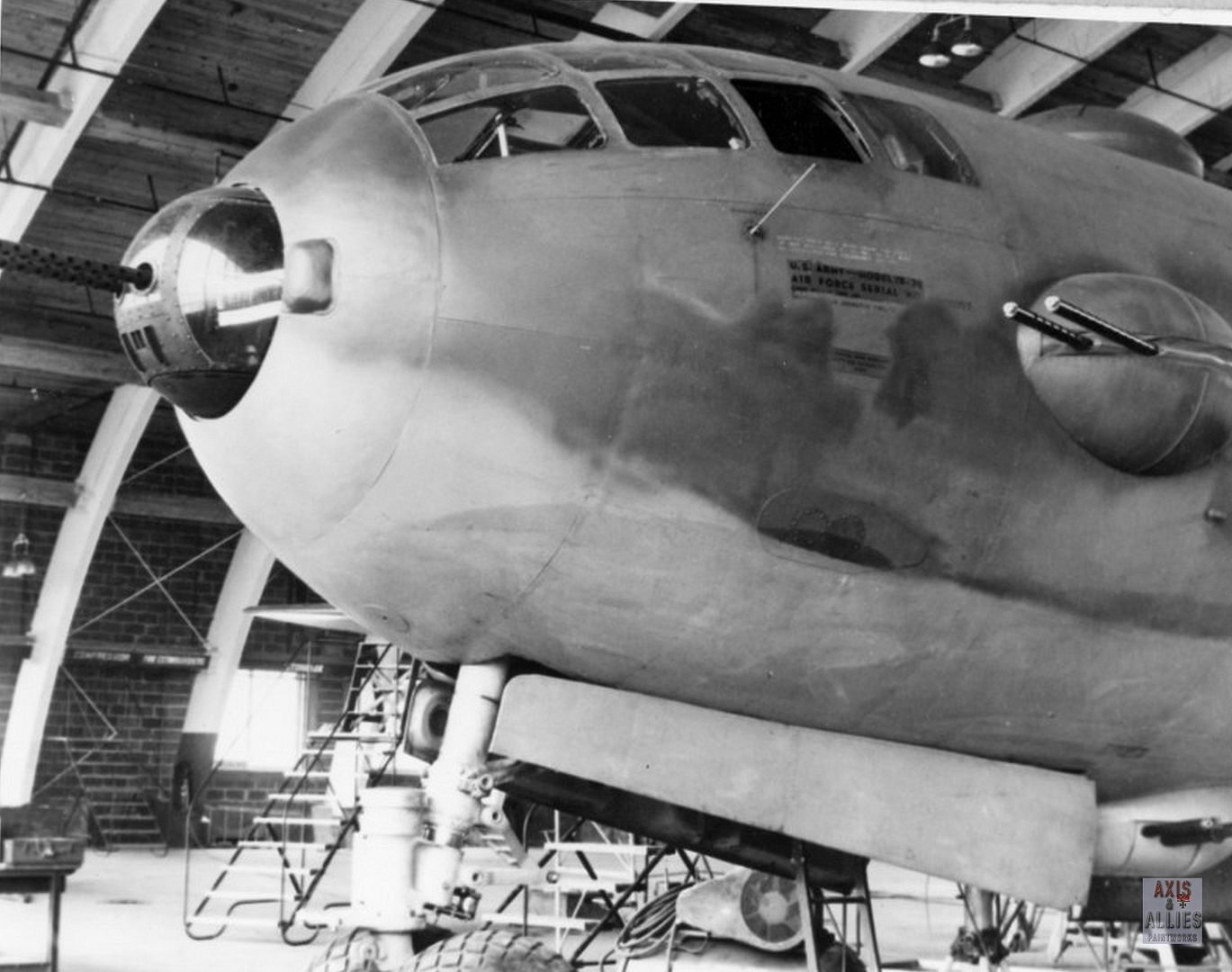
Post a reply
- Go to Previous topic
- Go to Next topic
- Go to Welcome
- Go to Introduce Yourself
- Go to General Discussion
- Go to Screenshots, Images and Videos
- Go to Off topic
- Go to Works in Progress
- Go to Skinning Tips / Tutorials
- Go to Skin Requests
- Go to IJAAF Library
- Go to Luftwaffe Library
- Go to RAF Library
- Go to USAAF / USN Library
- Go to Misc Library
- Go to The Ops Room
- Go to Made in Germany
- Go to Campaigns and Missions
- Go to Works in Progress
- Go to Juri's Air-Raid Shelter
- Go to Campaigns and Missions
- Go to Works in Progress
- Go to Skinpacks
- Go to External Projects Discussion
- Go to Books & Resources
